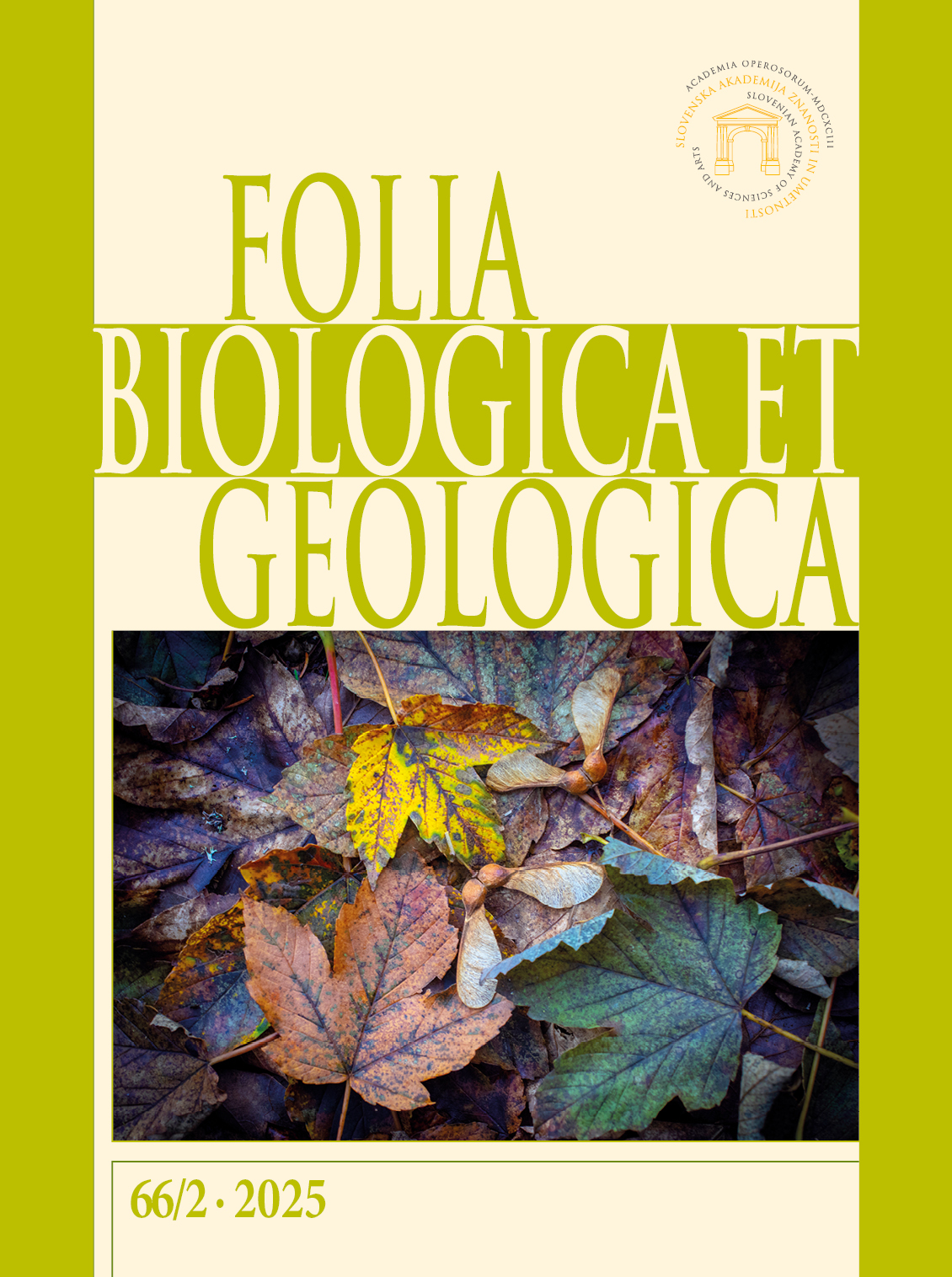Viromics analysis of RNA viruses in samples from the Triglav and Skuta glacier
DOI:
https://doi.org/10.3986/fbg0116Keywords:
viruses, virome analysis, Triglav glacier, glacier below SkutaAbstract
Despite low temperatures and limited availability of water and nutrients, there is a high level of biological diversity hidden in the glaciers. Glacial microbial ecosystems are primarily composed of bacteria, algae, and fungi. However, knowledge about viruses in these extreme environments remains limited. To address this gap, we conducted virome analysis on two Slovenian glaciers: Triglavski ledenik (Triglav glacier) and ledenik pod Skuto (glacier below Skuta). From concentrated samples of melted glacial ice, we isolated ribonucleic acids (RNA), amplified them using random oligonucleotide primers, and performed untargeted sequencing using the Illumina platform. Through bioinformatic analyses, we identified viral sequences in the obtained data and classified them taxonomically. As expected, the proportion of reads classified as viral was low. Despite focusing on the description of RNA viral diversity, the most frequently detected viral reads in all glacier samples were those belonging to DNA bacteriophages, classified within the realm Duplodnaviria. Most of the viral sequences discovered in the Slovenian glacier samples showed low identity with known viral sequences in databases, indicating the presence of numerous novel viral species. Longer assembled viral sequences likely represent complete genomes of newly discovered RNA viruses (e.g., sequences related to toti-like and picorna-like virus groups). For these sequences, phylogenetic analyses revealed their closest known viral relatives and potential host organisms. This study represents the first insight into the presence of viruses in Slovenian glacier environments and reveals a large, previously unexplored diversity of these biological entities.
Downloads
Published
Issue
Section
License

This work is licensed under a Creative Commons Attribution-ShareAlike 4.0 International License.
This work is licensed under a Creative Commons Attribution-ShareAlike 4.0 International (CC BY-SA 4.0).




